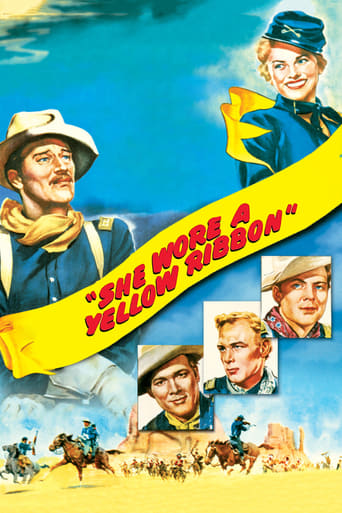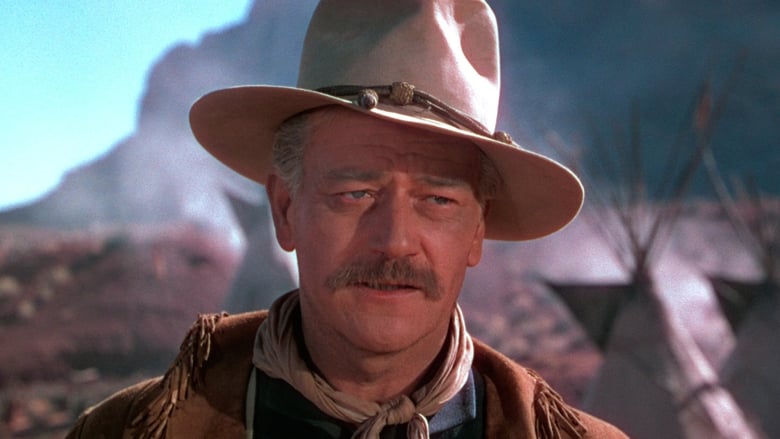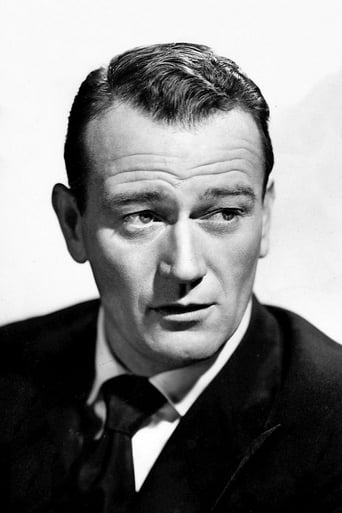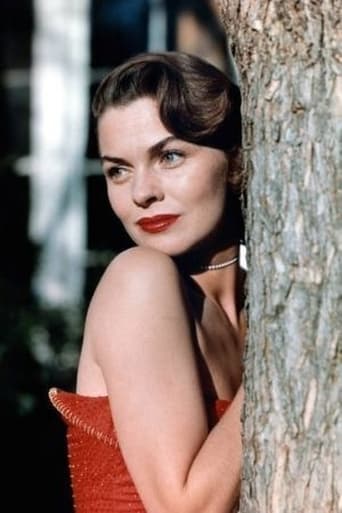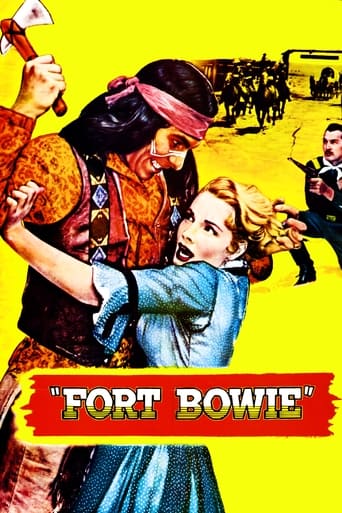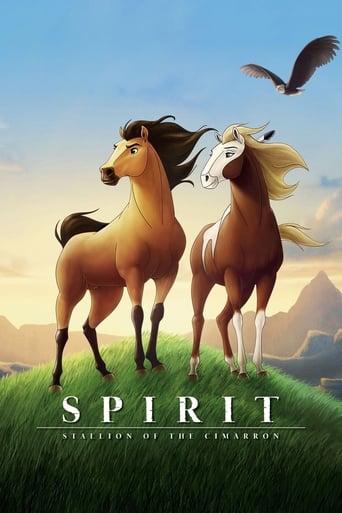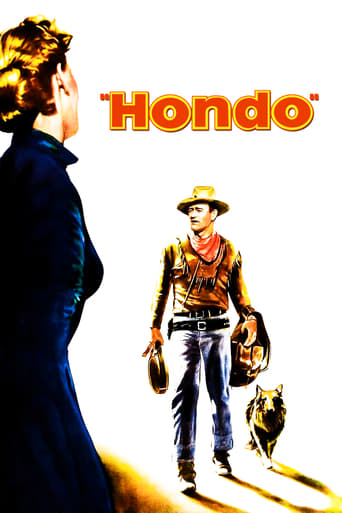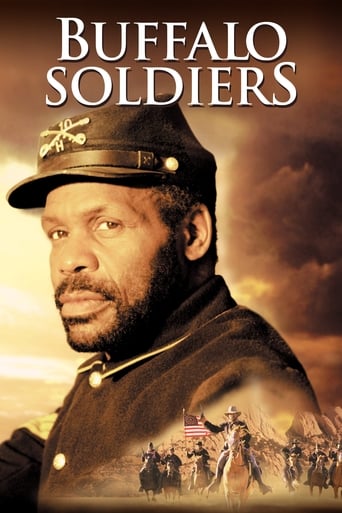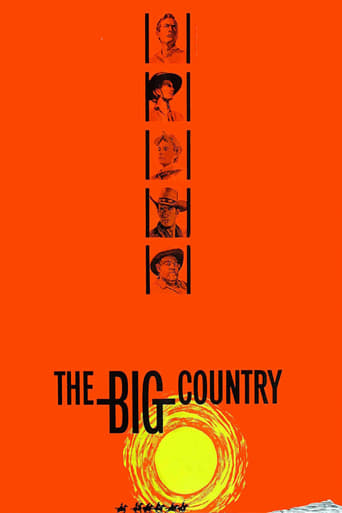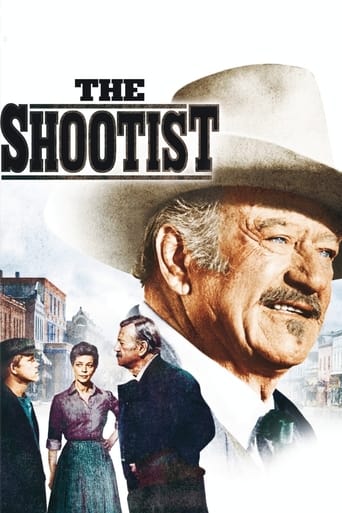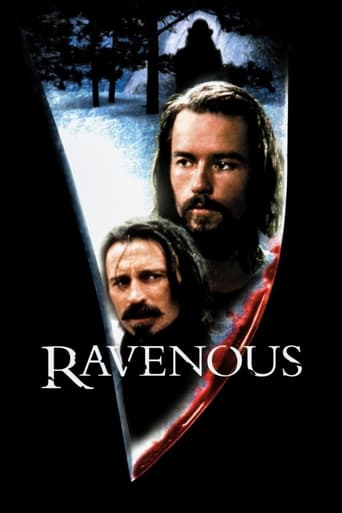She Wore a Yellow Ribbon (1949)
On the eve of retirement, Captain Nathan Brittles takes out a last patrol to stop an impending massive Indian attack. Encumbered by women who must be evacuated, Brittles finds his mission imperiled.
Watch Trailer
Cast


Similar titles
Reviews
Executive producers: John Ford, Merian C. Cooper. An Argosy Pictures Production, released through RKO-Radio Pictures. Copyright 26 July 1949 by Argosy Pictures Corp. New York opening at the Capitol: 17 November 1949. U.S. release: 22 October 1949. U.K. release: 8 May 1950. Australian release: 25 May 1950. 9,514 feet. 105 minutes. SYNOPSIS: Cavalry captain enters his last week of service before retirement. Encouraged by Custer's defeat, the various Indian tribes join together to fight their common enemy: the white man. NOTES: Hollywood's most prestigious award went to Winton C. Hoch (only) for Best Color Cinematography of 1949, defeating The Barkleys of Broadway, Jolson Sings Again, Little Women, and Sand. Locations in Monument Valley, Utah. Shooting commenced early November 1948, winding up early December 1948. COMMENT: A terrific film - except for one thing: the unconvincing slapstick involving Victor McLaglen. This seems pretty artificial when it starts (even though it does serve a useful purpose in providing necessary background information), but gets progressively less bearable until culminating in a ridiculous brawl. Fortunately, aside from the climactic all-in, these contrived scenes fail to spoil the picture as a whole. They could in fact easily be eliminated (though it would mean the loss of Francis Ford's part). Otherwise, script, locations, action and acting are absolutely perfect. Wayne, in a character role, gives the best performance of his career. With the exception of the hammy McLaglen, he's given solid support too, with memorable cameos from Tom Tyler as an injured corporal, Rudy Bowman as the dying Trooper Smith, and Chief John Big Tree as the conciliatory Pony That Walks. Amongst the principals, John Agar (Mr Shirley Temple at the time) is adequate enough, Ben Johnson is better, whilst Mildred Natwick is outstanding. But I thought the most winning portrayal came from the beautiful, talented but much under-rated Joanne Dru. Although he had worked with cinematographer Hoch on his immediately previous Three Godfathers, producer-director Ford was unhappy with the amount of time Hoch (a technical perfectionist) took to light his locations whilst cast and the rest of the crew broiled in the desert sun. A showdown came when Ford ordered Hoch to continue shooting during a thunderstorm. Hoch filed an official complaint with his union, alleging that the likely sub-standard photographic quality of the shots would damage his reputation. To Hoch's amazement, the executive board of the American Cinematographers Society sided with Ford, saying the director was within his rights to insist that photography be attempted even though lighting and other conditions may have been unfavorable. Hoch protested vehemently and even canvassed the option of tendering his resignation, when he was hit with a second surprise. His photography captured the Society's award for the best color work of the quarter and subsequently went on to win America's most prestigious award for Best Color Photography for 1949. The thunderstorm sequence was singled out for praise. Belatedly realizing that outstanding photography does not result from mere technical perfection but from an artistic creativity that on occasion involves the taking of risks and bending of rules, Hoch thanked Ford profusely for forcing his hand and expressed the desire to work with the director again. Ford took Hoch at his word, assigning him to The Quiet Man (1952), for which Hoch won yet another award from The Academy of Motion Picture Arts and Sciences!
A few days before his retirement, Captain Nathan Brittles (John Wayne) leads his cavalry patrol as they escort the wife and niece of his commanding officer to safety. In addition to the dangers posed by Indians, there is the romantic drama stirred up by two young officers (John Agar, Harry Carey, Jr.) both vying for the attention of pretty Joanne Dru.John Ford's second film in his classic cavalry trilogy is my favorite of the three. It's a beautiful-looking film with stunning technicolor. Just absolutely jaw-dropping. One of the best-looking westerns I've ever seen. Also one of John Wayne's finest performances. He really should have been nominated for the Oscar for this instead of Sands of Iwo Jima. He's backed up by an extraordinary cast. Ford regulars like Victor McLaglen, Arthur Shields, and Harry Carey, Jr. are all great. John Agar and Joanne Dru are both fun and likable in the obligatory romantic subplot. Ben Johnson has possibly his best role as Sgt. Tyree.At times moving and eloquent but never slow or unexciting. It's an engrossing western made by a master director and a cast that never misses a beat. It is my second favorite Ford western, behind only his (and Wayne's) masterpiece The Searchers.
John Wayne plays Capt. Nathan Brittles, whose imminent plans of retirement are interrupted by General Custer's forces being wiped out in his famous "last stand". Being stationed near the threatening Native forces, he is ordered to evacuate the wife of the fort's commanding officer, and her niece(played by Joanne Dru) who has caught the romantic attentions of two officers(played by John Agar & Harry Carey Jr.) She has taken to wear a yellow ribbon in her hair, which symbolizes her affection for one of them, but she won't say who, which leads to conflict. Of course, this is nothing compared to the expected Native onslaught that Brittles tries desperately to prevent...Well directed by John Ford, this time in color, with much of his stock company of actors in key roles, and presents a thoughtful story, with a good conclusion(though there is some unfortunate comedy relief with Victor McLaglen!)
It has taken me a long time to write a review about this film which I saw as a child and have long since added to my personal film collection. For me the strongest elements of this film as with so many John Ford films are the characterisations. John Wayne, Victor McClaglen, Ben Johnson and the rest. There are better films in this genre and to modern ears the theme tune supposedly sung by the troopers sounds almost embarrassingly naive, but boy what a great movie. It is always the simple things, the mannerisms that enchant and entertain. Others have covered the details of this film far better than I and I will not attempt to repeat that. Simply to add that if you don't mind a bit of sentimentality mixed in with belly laughs and western folklore then you are on a winner with this one. Incidentally the use of colours and shades in filming are exceptional. Monument Valley rarely looked so good.

